7 Ways to Fix HYPERGUARD_VIOLATION BSoD 0x0000018C
Updating drivers is the quickest fix
5 min. read
Published on
Read our disclosure page to find out how can you help Windows Report sustain the editorial team. Read more
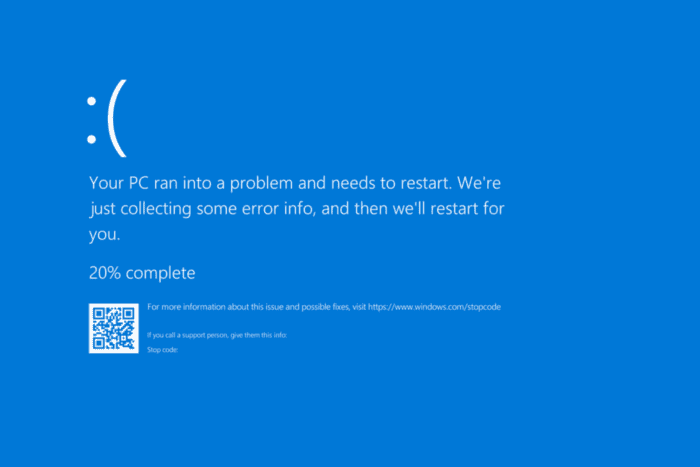
The HYPERGUARD_VIOLATION Windows blue screen, with error code 0x0000018C, appears when the Windows kernel detects corruption in the critical kernel code or data.
Common causes for the Hyperguard Violation blue screen include corrupted or incompatible drivers, conflicting apps, corrupted system files, and malware infection.
Before you proceed to the solutions, restart the PC, disconnect all non-critical hardware, and install any pending Windows updates. For most of you, these basic checks should do the trick!
How can I fix HYPERGUARD_VIOLATION blue screen?
1. Update all the drivers
- Press Windows + X to open the Power User menu, and select Device Manager.
- Expand the entries here, individually right-click on the devices listed underneath, and select Update driver.
- Click on Search automatically for drivers to let Windows install the best locally available version.
- After updating all the drivers, reboot the PC to apply the changes.
Driver issues are one of the most common causes behind the HYPERGUARD_VIOLATION bug check in Windows. So, your primary approach should be to update all the drivers.
If Windows can’t find a better version, I recommend you visit the manufacturer’s website, locate the new releases, and then manually install the latest driver!
2. Roll back recent driver updates
- Press Windows + R to open Run, type devmgmt.msc in the text field, and hit Enter.
- Double-click on the entries here, individually right-click on the device(s) listed underneath, and select Properties.
- Go to the Driver tab, and click on Roll Back Driver.
- Choose a reason for the roll back or enter one in the provided field, and click Yes to confirm.
- Finally, reboot the PC and verify whether HYPERGUARD_VIOLATION is fixed.
If the Roll Back Driver option is greyed out for a device, it indicates that either the driver wasn’t updated recently or Windows didn’t store the files for it. In this case, you must install an older version from the manufacturer’s website.
3. Repair the corrupted system files
- Press Windows + S to open Search, type Command Prompt, and click on Run as administrator.
- Click Yes in the UAC prompt.
- Paste the following DISM commands individually and hit Enter after each:
DISM /Online /Cleanup-Image /CheckHealthDISM /Online /Cleanup-Image /ScanHealthDISM /Online /Cleanup-Image /RestoreHealth - Execute this command to run the SFC scan:
sfc /scannow - Once done, restart the computer to apply the changes.
When corrupted system files trigger the HYPERGUARD_VIOLATION BSoD in Windows, running the DISM (Deployment Image Servicing and Management) and SFC (System File Checker) scans will replace all problematic files with a fresh copy.
4. Uninstall conflicting apps
- Press Windows + R to open Run, type appwiz.cpl in the text field, and hit Enter.
- Select any app that was recently downloaded or updated, and click on Uninstall.
- Follow the on-screen instructions to complete the process, and then restart the PC.
If a quick removal doesn’t fix HYPERGUARD_VIOLATION, there must be some leftover files, app cache, or Registry still conflicting with Windows. Here, it’s best that you use a top-rated software uninstaller to completely wipe all traces of the program.
5. Scan the PC for malware
- Press Windows + S to open Search, type Windows Security, and click on the relevant result.
- Click on Virus & threat protection.
- Click on Scan options.
- Select the Full scan entry and then click on Scan now.
- Wait for the malware scan to complete. It usually takes 15-30 minutes.
6. Test the RAM modules
- Press Windows + S to open Search, type Windows Memory Diagnostic, and click on the relevant result.
- Click on Restart now and check for problems.
- After the scanning is complete, check the mdsched logs and look for issues with the RAM.
When Windows Memory Diagnostic can’t find any problems, I recommend you use Memtest86+, an advanced open-source tool that runs a series of scans on individual RAM sticks and detects even the smallest of issues.
If any problems are reported during the scan, it’s best to replace the malfunctioning module because a failing RAM is a common reason behind HYPERGUARD_VIOLATION.
7. Reinstall Windows
When nothing else works, you can always reinstall Windows to rule out all software-based conflicts. Before you proceed, move any critical files on the PC to external storage to prevent data loss.
To reinstall Windows, connect a USB flash drive to another PC > go to Microsoft’s official website > download the Media Creation Tool > use it to create a bootable Windows USB > plug in the USB into the affected PC > change the boot order to the flash drive > run the Windows setup > proceed with the installation.
If even a reinstall fails to fix the HYPERGUARD_VIOLATION Windows blue screen error, you must contact the system manufacturer or visit a local repair shop. Because, at this point, it’s most likely a hardware malfunction to blame.
Before you leave, discover all the causes of BSoD and take measures to prevent these from reappearing!
For any queries or to share which fix worked for you, drop a comment below.

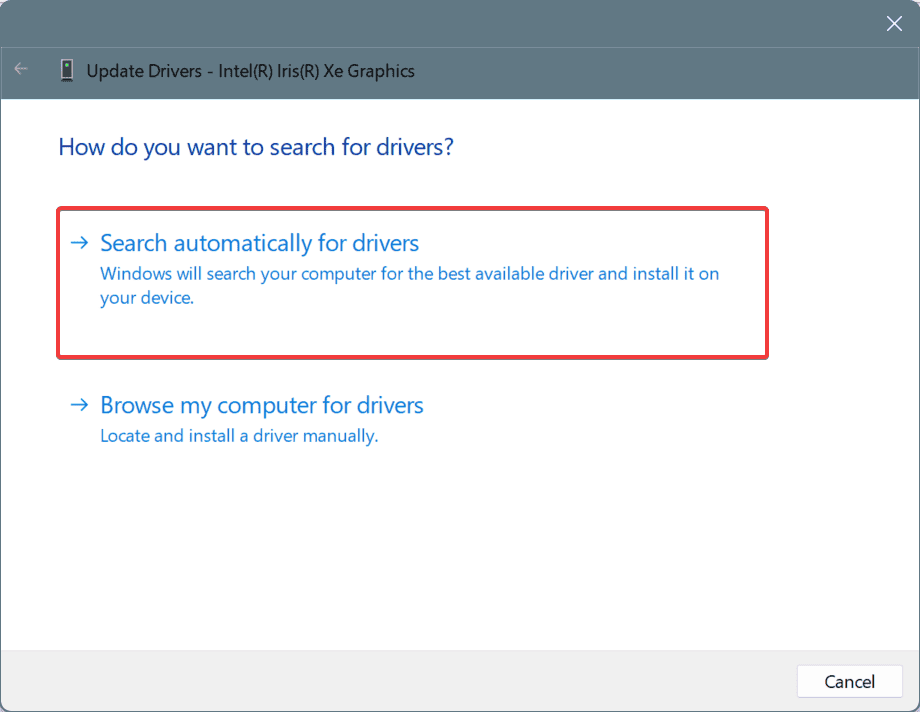
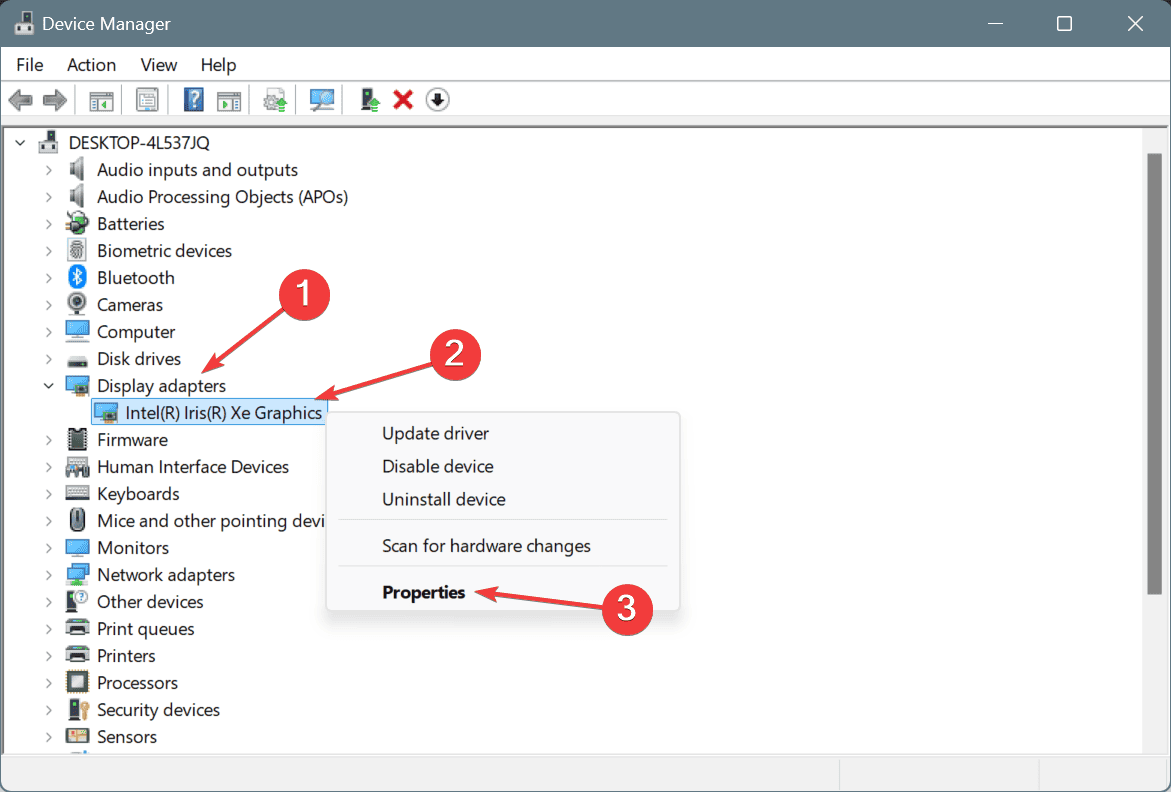
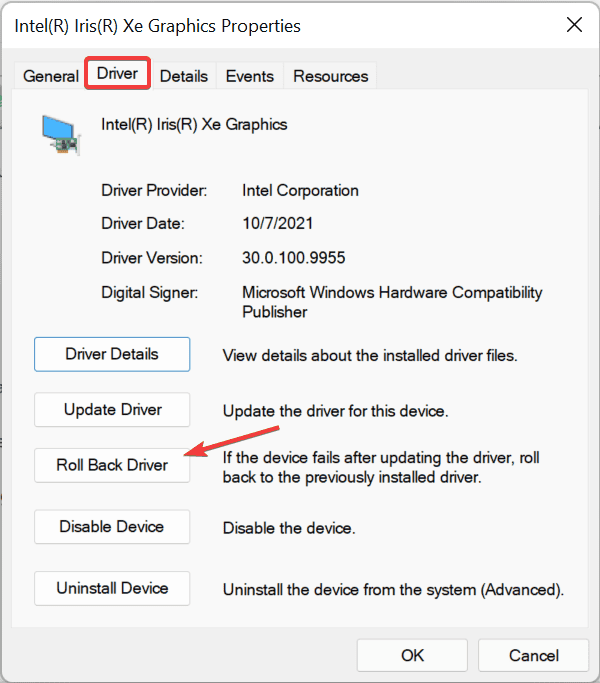
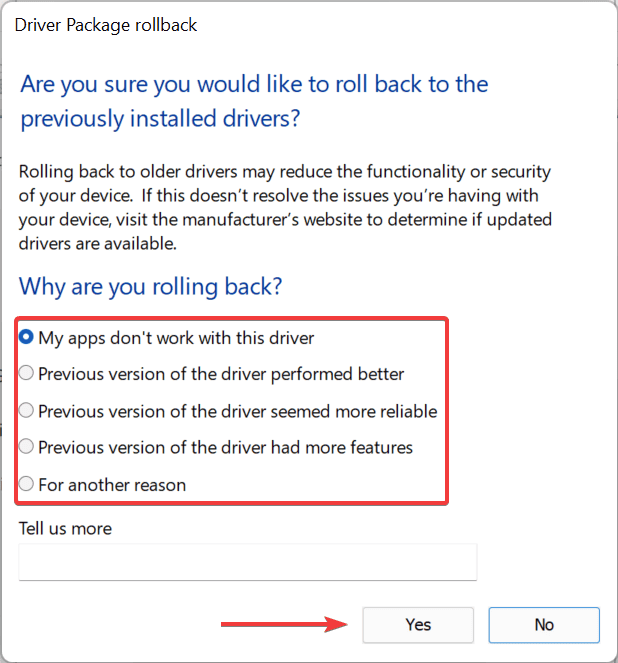
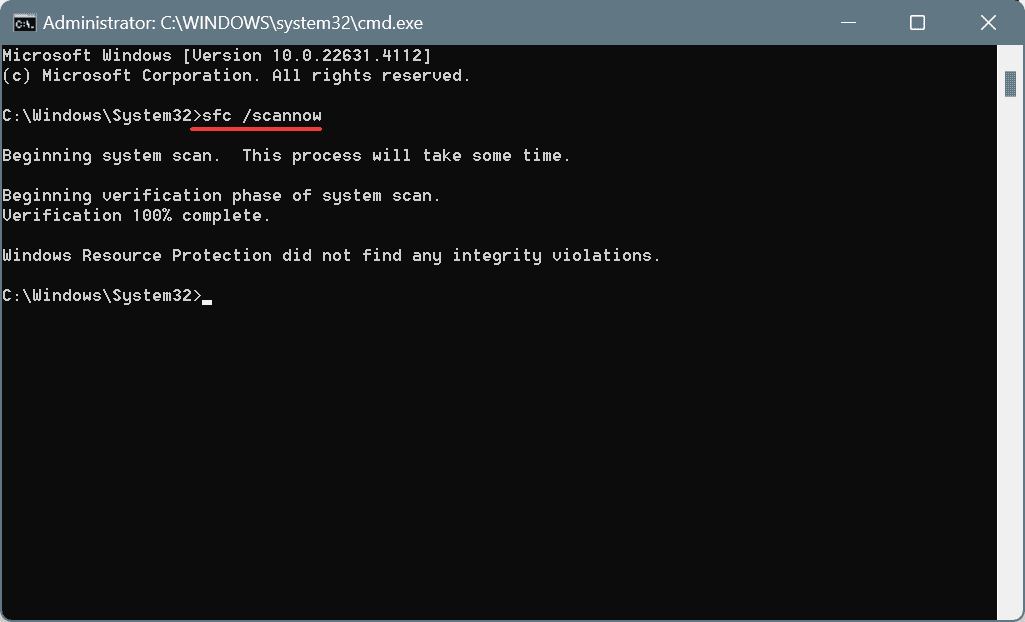
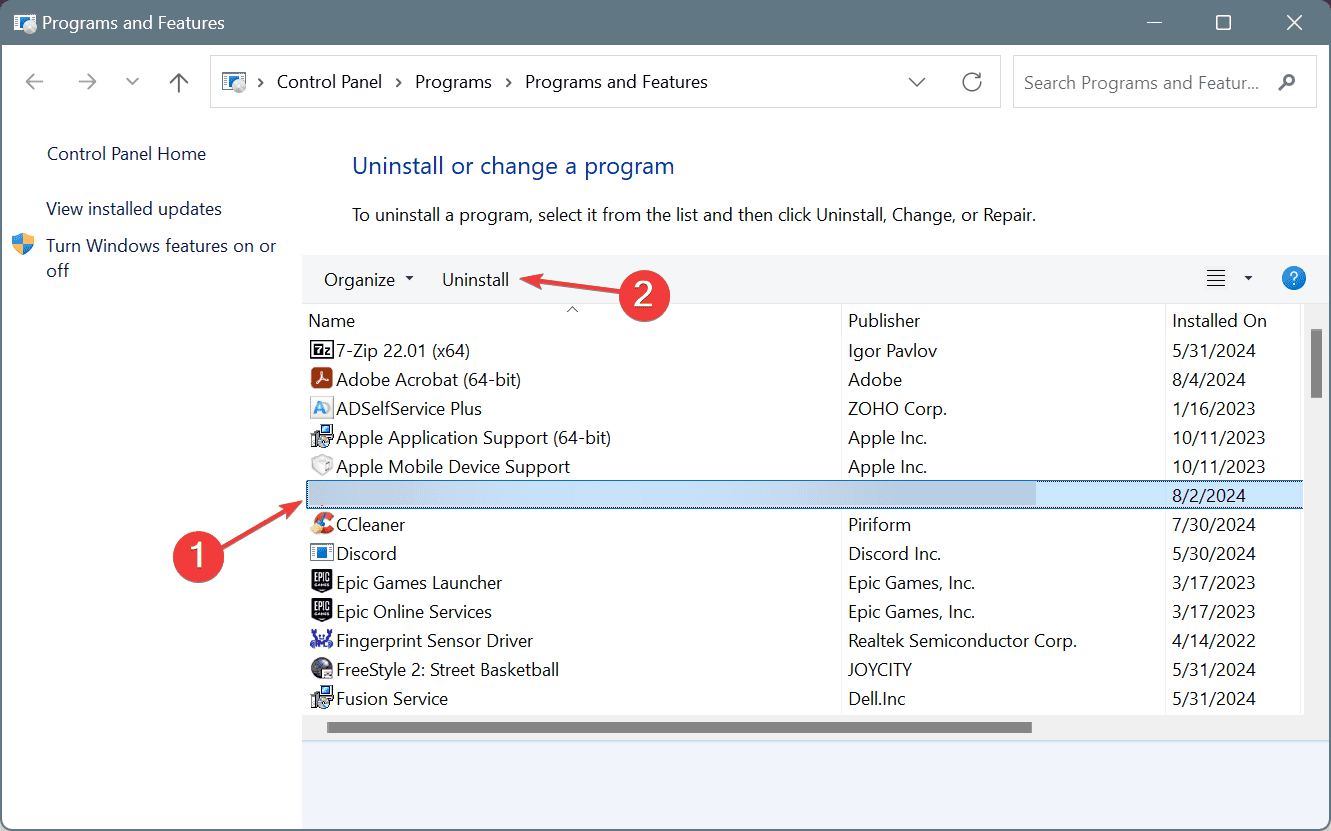
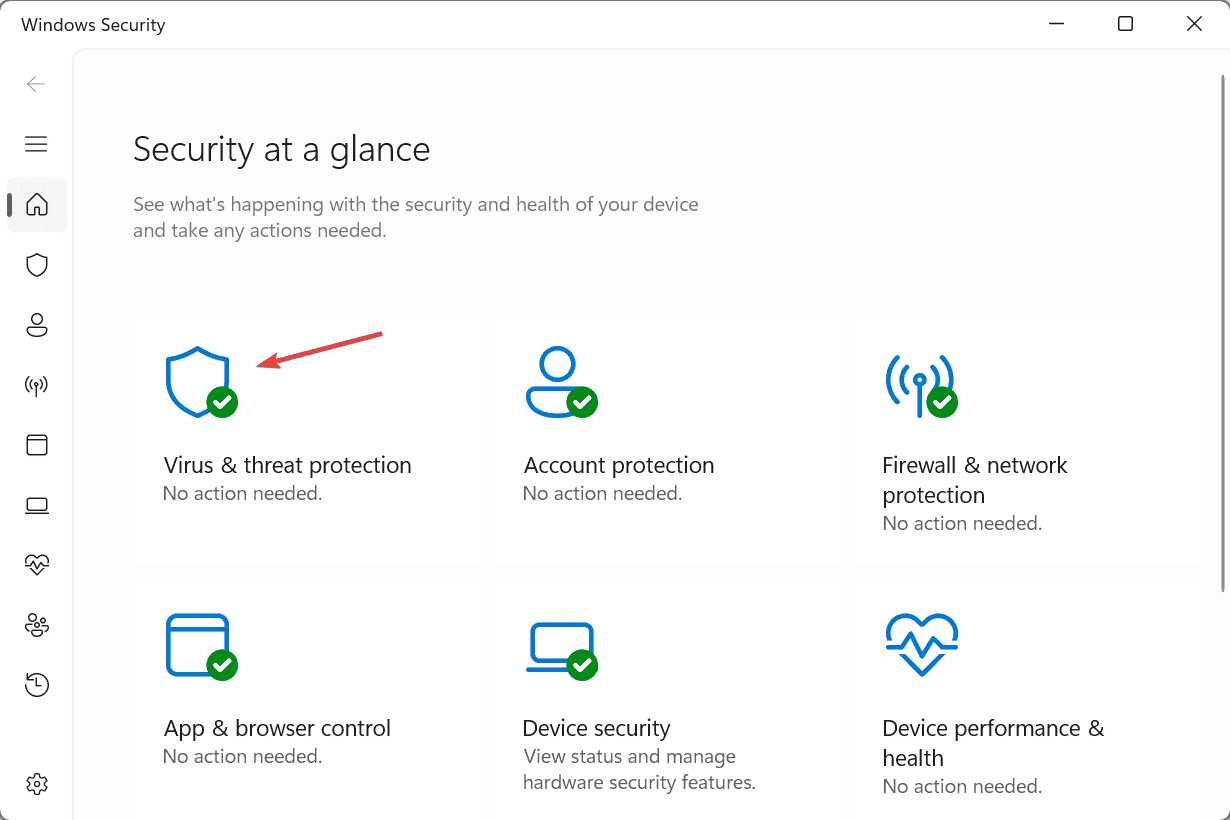
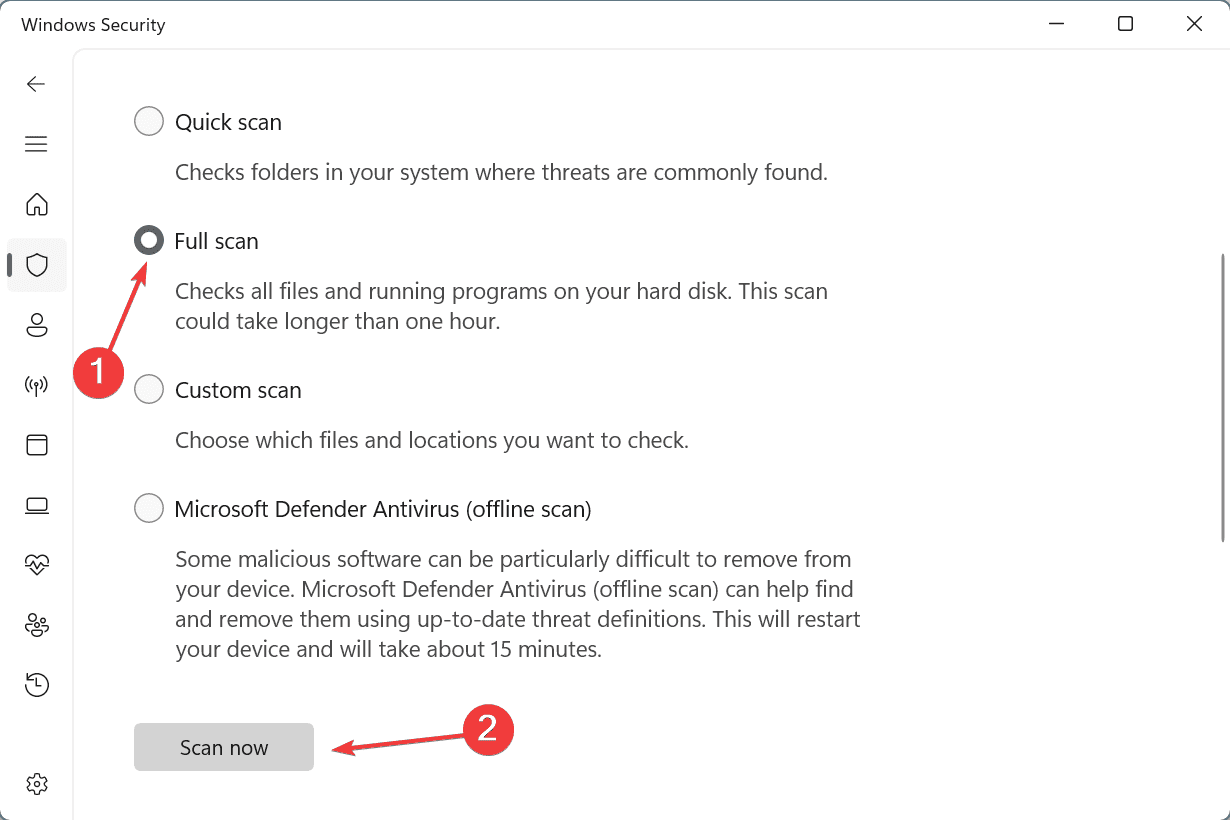

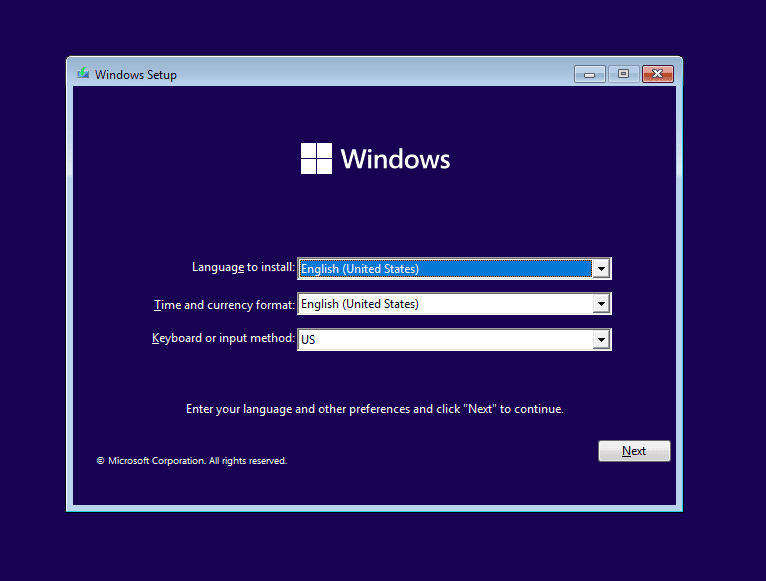








User forum
0 messages